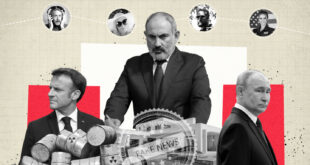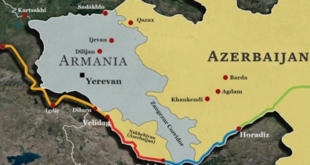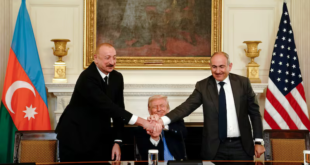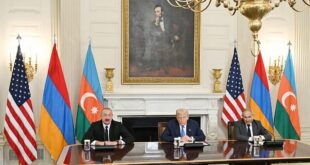A deadly traffic accident caused by a U.S. military convoy sparked anti-American riots in the Afghan capital, Kabul – a city that was supposed to be the safest place in the war-torn country.Â
The unrest began Monday after a U.S. military vehicle crashed into at least 12 civilian cars in Kabul’s northern suburbs, killing more than five people. Hundreds of Afghans gathered after the accident, chanting anti-U.S. slogans. What made things worse is that U.S. troops opened fire on the angry crowd, killing more than 14 Afghan civilians and wounding at least 100 others.Â
The U.S. army claims that the driver of the truck had taken “extraordinary measures” to avoid the accident, and that its troops opened fire to “defend themselves†from the Afghan stone-throwers. But Afghanistan’s parliament passed a motion demanding the government to prosecute the American soldiers responsible for the fatal road crash and the shootings that followed. “Those who are responsible for Monday’s incident must be investigated and prosecuted,” the motion stated.Â
Whether the driver of the U.S. truck is guilty or not, the accident triggered the worst anti-American riots in Kabul since the 2001 U.S. invasion, and showed the frustration the ordinary Afghans have toward their government and its Western allies, according to an article on USATODAY.com.Â
“Obviously, what has happened (in Afghanistan) is symptomatic of perhaps deeper problems,” UN Secretary General Kofi Annan said on Tuesday.Â
The Afghans’ anger is justifiable. They are angry at the slow pace of reconstruction, a staggering economy, the pro-American government’s inability to curb the violence and the continued presence of foreign troops on Afghan soil. The protests “confirms that at the moment we have a growing dissatisfaction on the part of the Afghan population with the government and international peacekeeping troops, above all directed at the United States,” German Deputy Foreign Minister Gernot Erler said.Â
The riots sent a clear a message to the world: The West is failing Afghanistan, and time is running out. Â
It is hard to blame the Afghans for their anger. The U.S. invasion in late 2001 raised false hopes for relief from tyranny and poverty. But the U.S.’s promises didn’t materialize. After 12 billion doll. in foreign aid over four years, most of the country still lacks electricity and clean water. Hunger is chronic, and more than 50 percent of Afghans live on less than a dollar a day. On the other hand, foreigners – military officers, contractors and aid workers – live in comparative affluence.Â
The Kabul violence revealed another disturbing truth: At a time when the U.S. is failing in Iraq, the conflict in Afghanistan is increasingly beginning to resemble that war. Violence against foreigners is rising and echoing war-torn Iraq with human bombings, kidnappings and roadside attacks. On Tuesday alone, six Afghan aid workers working for international organizations were slain.Â
Although the violence claimed the lives of many Afghan civilians, there were more coalition military fatalities in 2005 (129, most of them American) than in the previous two years combined. Warlords control much of the country and President Hamid Karzai is often referred to dismissively as the “mayor of Kabul.”Â
A recent report by the non-partisan Council on Foreign Relations highlighted these worrisome trends, including widespread corruption and an economy heavily influenced by drug traffickers.Â
The anti-American riots in Kabul should be a wake-up call to the dangers in a place largely forgotten since the U.S.-led invasion. To put it plainly, the protests serve as a warning of how badly Afghanistan needs help if the international community wants it to be a model for, not a replica of, Iraq.
 Eurasia Press & News
Eurasia Press & News



